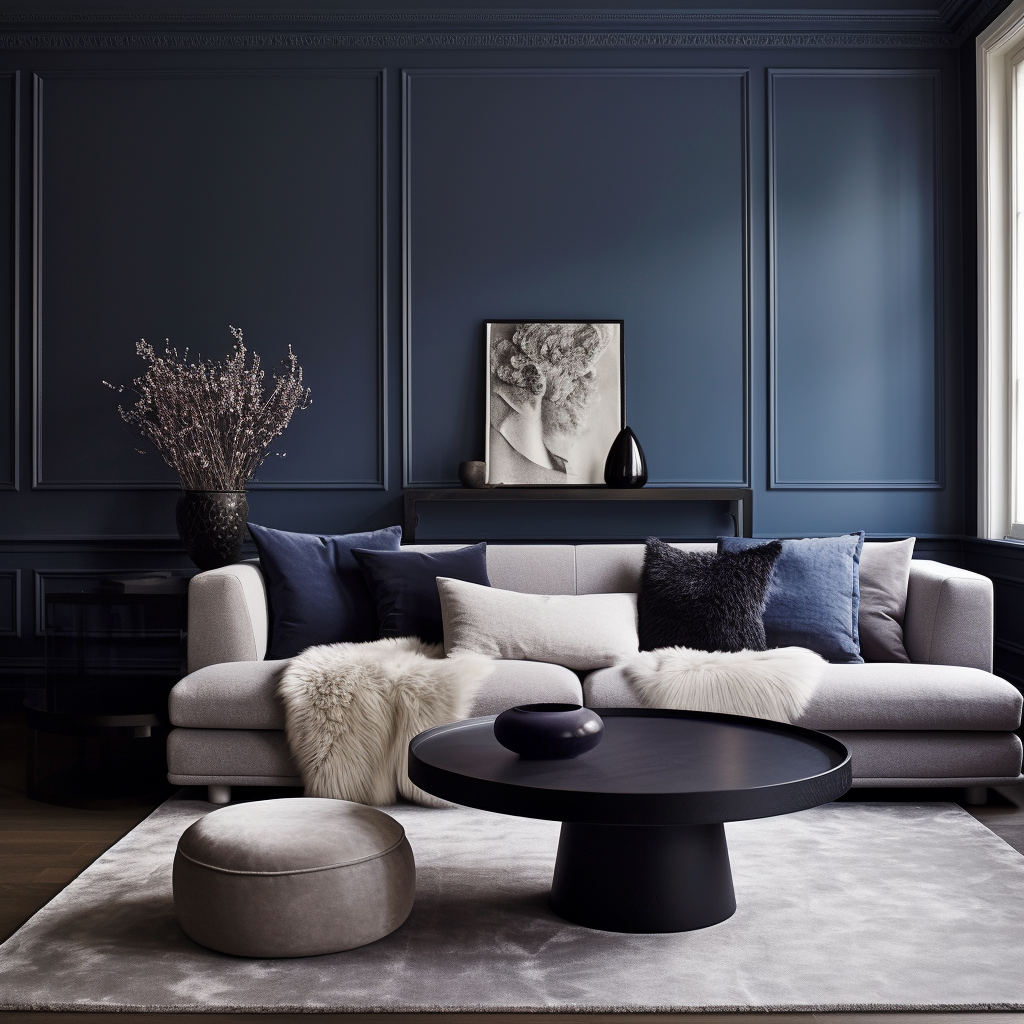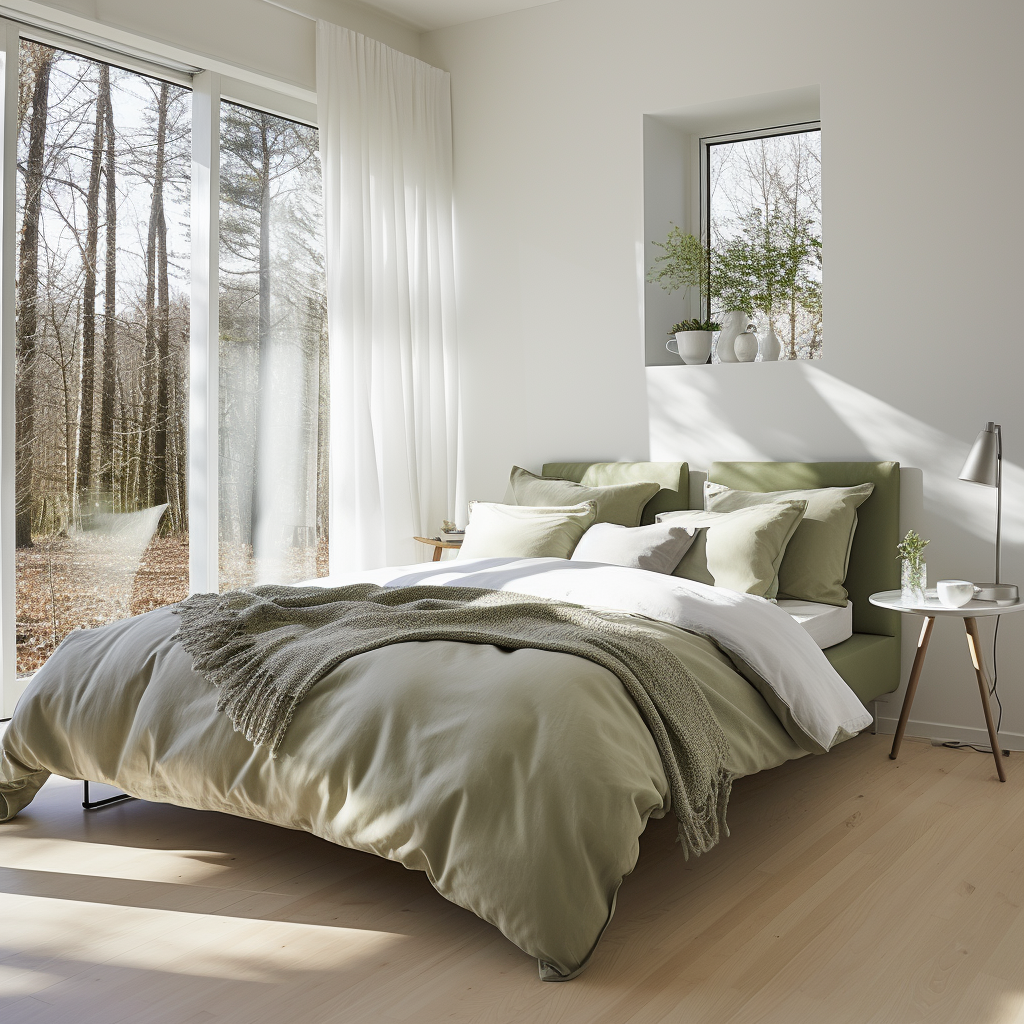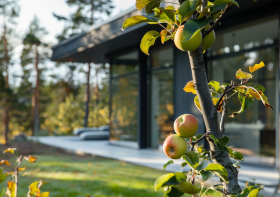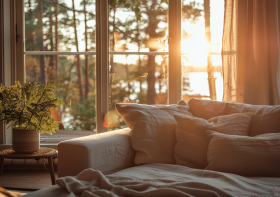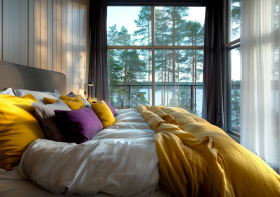Simple Style, Bold Colors – Easy Ways to Add Color to Your Minimalist Home
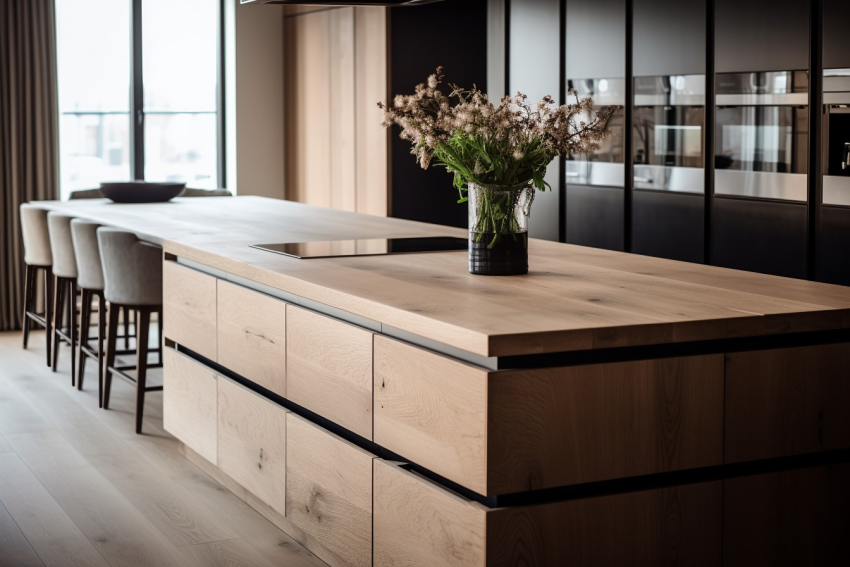
Choosing a minimalist look usually means lots of neutrals for a calm space. But you don’t have to stick to just grays and whites. Adding color can be fun and still keep the peaceful feel of your home. Color can brighten up our homes and our moods. Keep reading to find out how you can mix in your favorite colors and make a minimalist home more lively and welcoming.
Transform Your Minimalist Space with Colorful Touches
Think of your minimalist home as an open opportunity, a clean slate where splashes of color from furniture and accents create a personal touch. When you start with basics like white walls and neutral floors, you’ve got the perfect backdrop for introducing colorful items that reflect your personality.
Interior experts suggest getting creative with color to inject joy into your living space. Imagine your home as an art gallery, with the walls and floors providing a serene background that lets your cherished furniture and decor shine. These beloved items are what truly make your home unique.
Try picking a vibrant couch or chair, and consider a removable cover so you can change it easily for a fresh look without much effort. Think about the function of each space—like adding a brightly hued lamp to a reading corner in your lounge—to reinforce the space’s theme and enhance the experience.
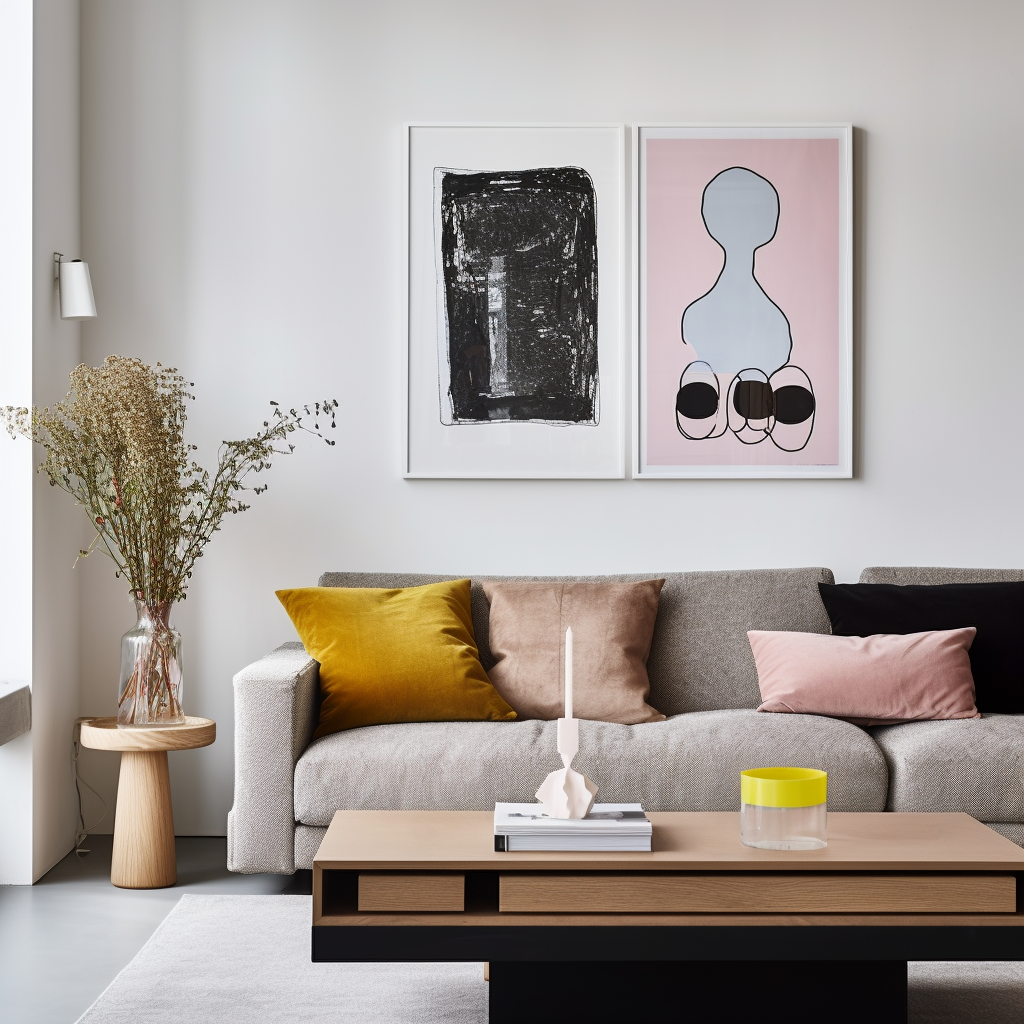
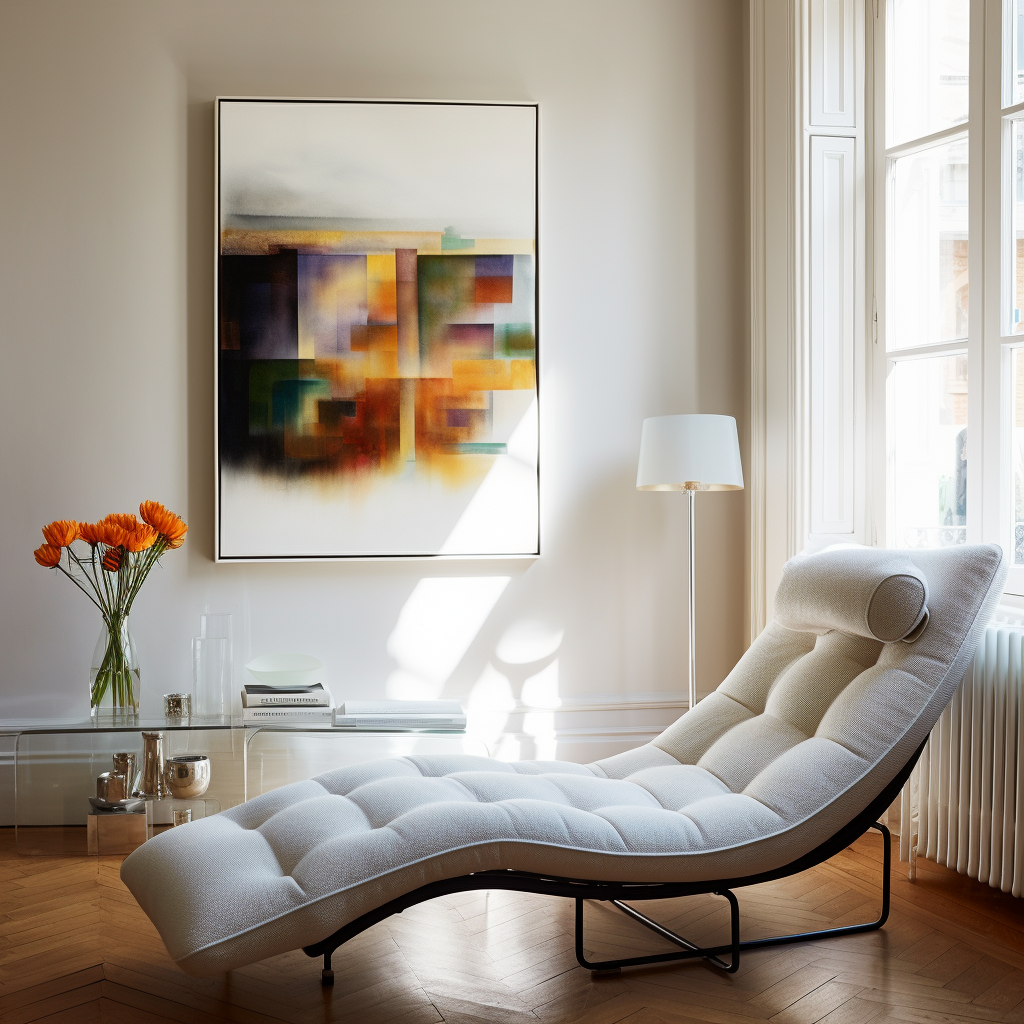
Identify Your Color Preferences
Begin by pinpointing the colors that resonate with you. Reflect on your emotional response to various hues by considering the following:
- What emotions do specific colors evoke in me?
- What atmosphere am I aiming to create?
- Is my attraction to a color lasting or just a passing fancy?
- How well will this color blend with my home’s existing design?
To gather inspiration, explore your favorite home design stores or browse interior design websites. Observing how colors are used in different settings can help clarify your preferences and guide your choices for paint and decorations. This step is crucial to narrowing down your options and discovering the color palette that will bring your space to life.
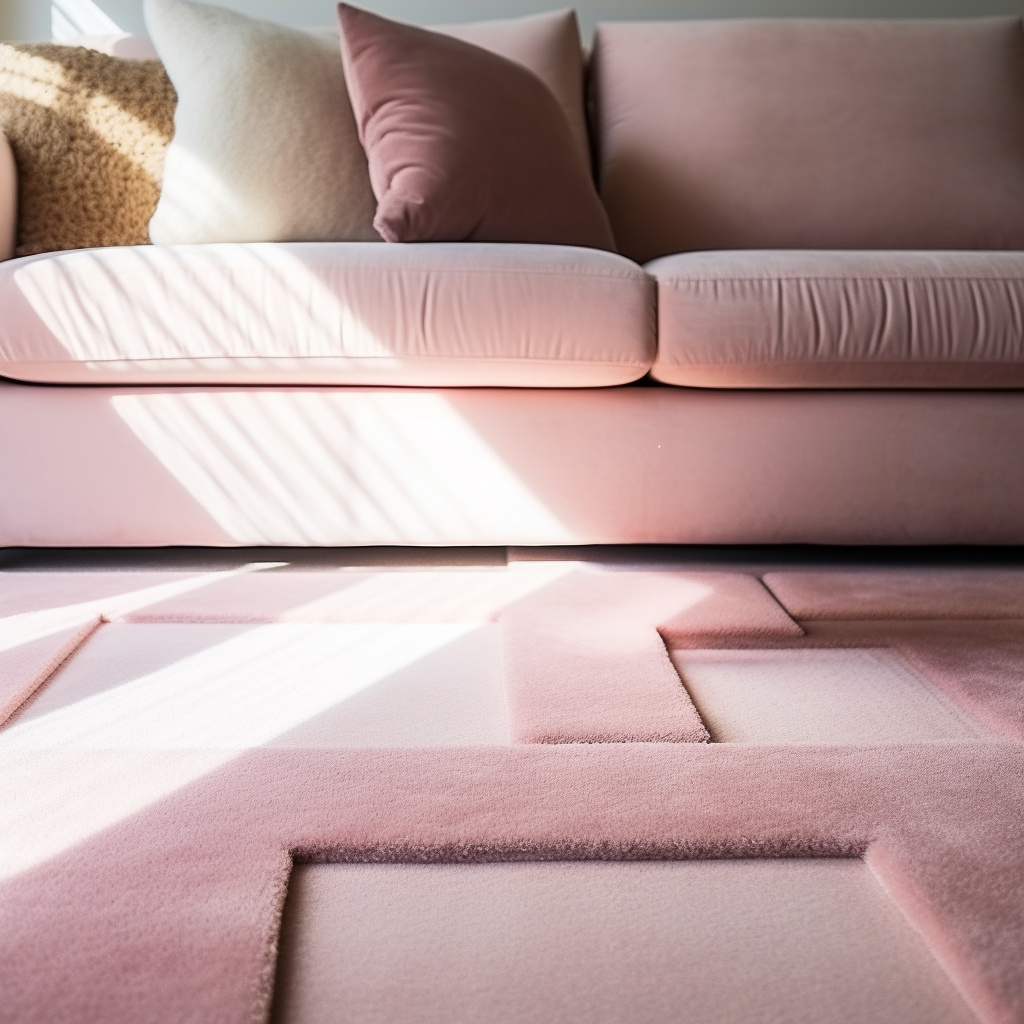
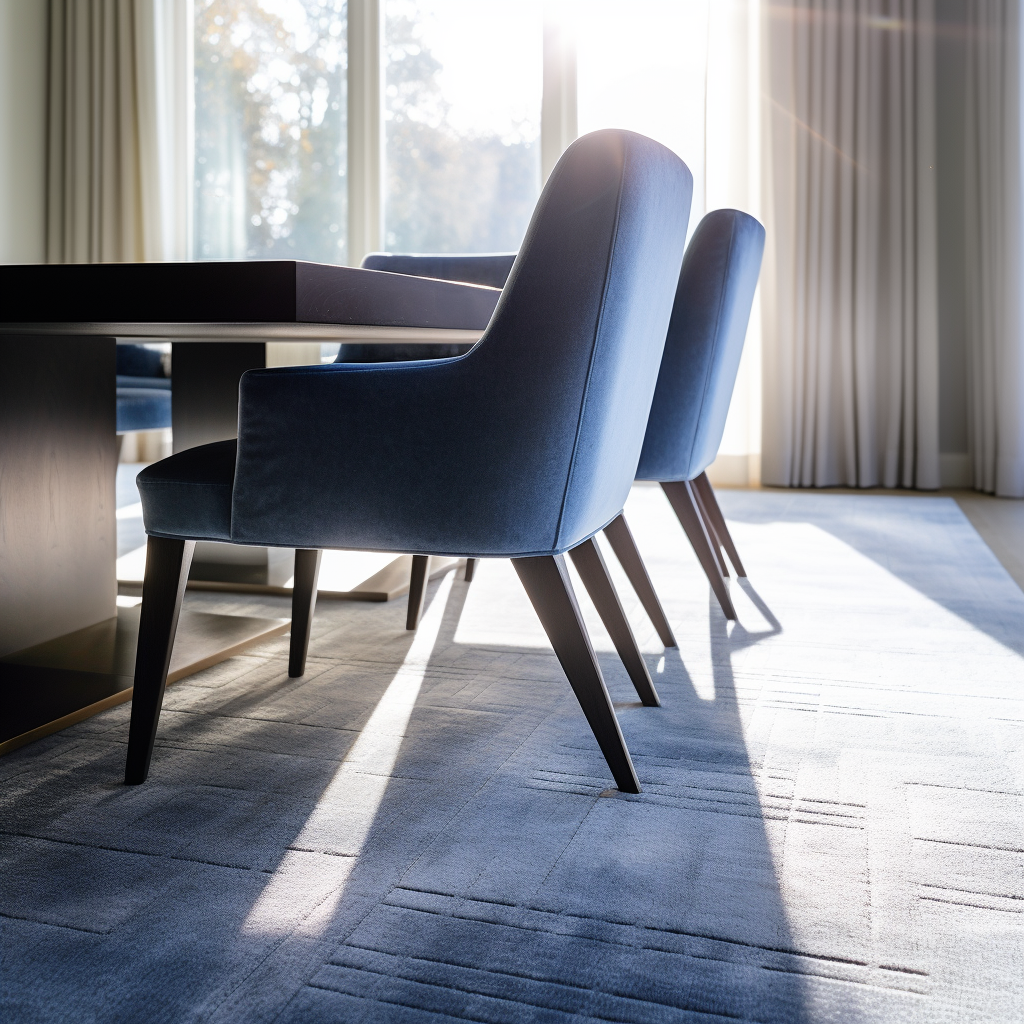
Opt for Colorful Touches
In a minimalist space, you can subtly weave in color through small, yet impactful, decor elements. Consider strategic pops of color that can make a pronounced impact without overwhelming the room. For instance, accenting a monochrome space with bright, small accessories can make them stand out significantly.
Maintain simplicity by choosing artwork in vivid hues framed in white against white walls, highlighting the art’s vibrancy.
For a budget-friendly approach, turn to textiles—vibrant throw pillows, lively patterned drapes, or a statement area rug can inject life into your room. A bold rug can serve as the central focal point, anchoring the room while allowing your simple furniture to remain the backdrop.
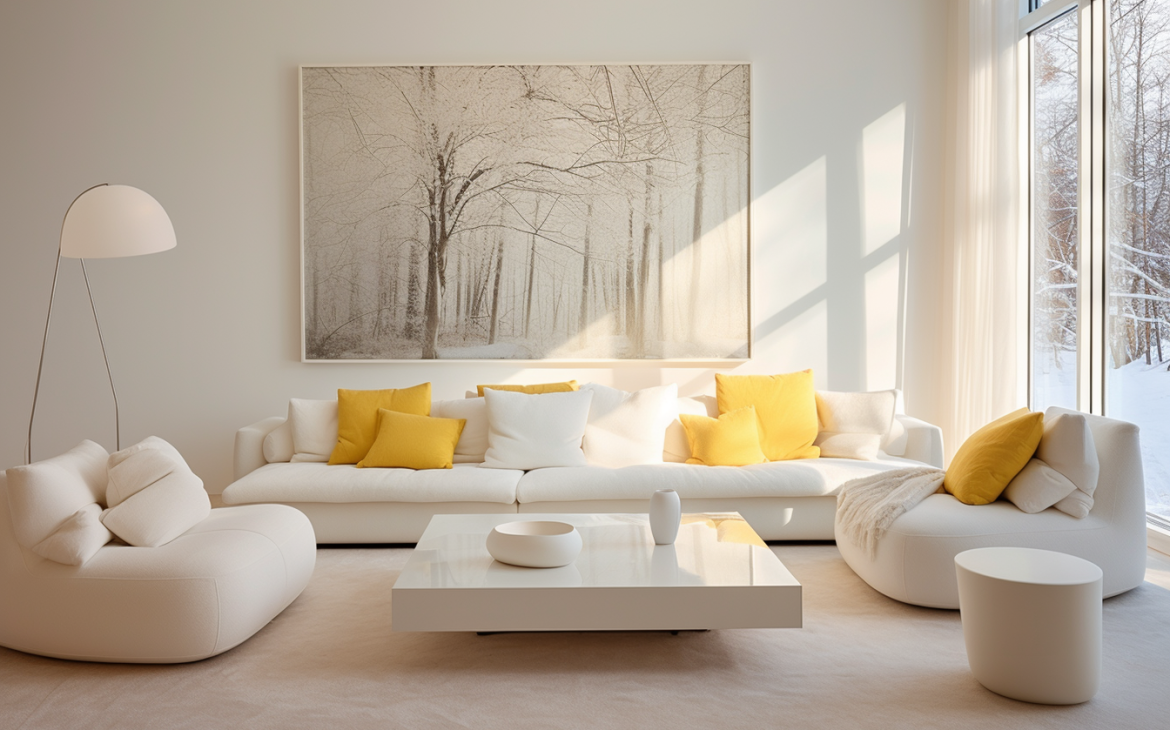
Embrace Bold Strokes
For a more daring infusion of color, consider painting specific sections of your room. An accent wall, distinctive door color, a strip of trim, or even painted floors can introduce a dynamic contrast to neutral elements.
Tiles offer a transformative touch that can redefine your bathroom’s aesthetic. Introducing vibrant, unexpected hues to your tilework, like a deep turquoise, can offer a contemporary twist and set your bathroom apart.
Revitalize your furniture by giving it a vibrant makeover. A kitchen island in a vivid hue like cobalt or a once-plain cabinet in a playful pink can revive your space. For those who enjoy thrift shopping or restoring vintage pieces, repainting can be a creative and satisfying project, turning your finds into bespoke treasures that reflect your style and enhance your home.
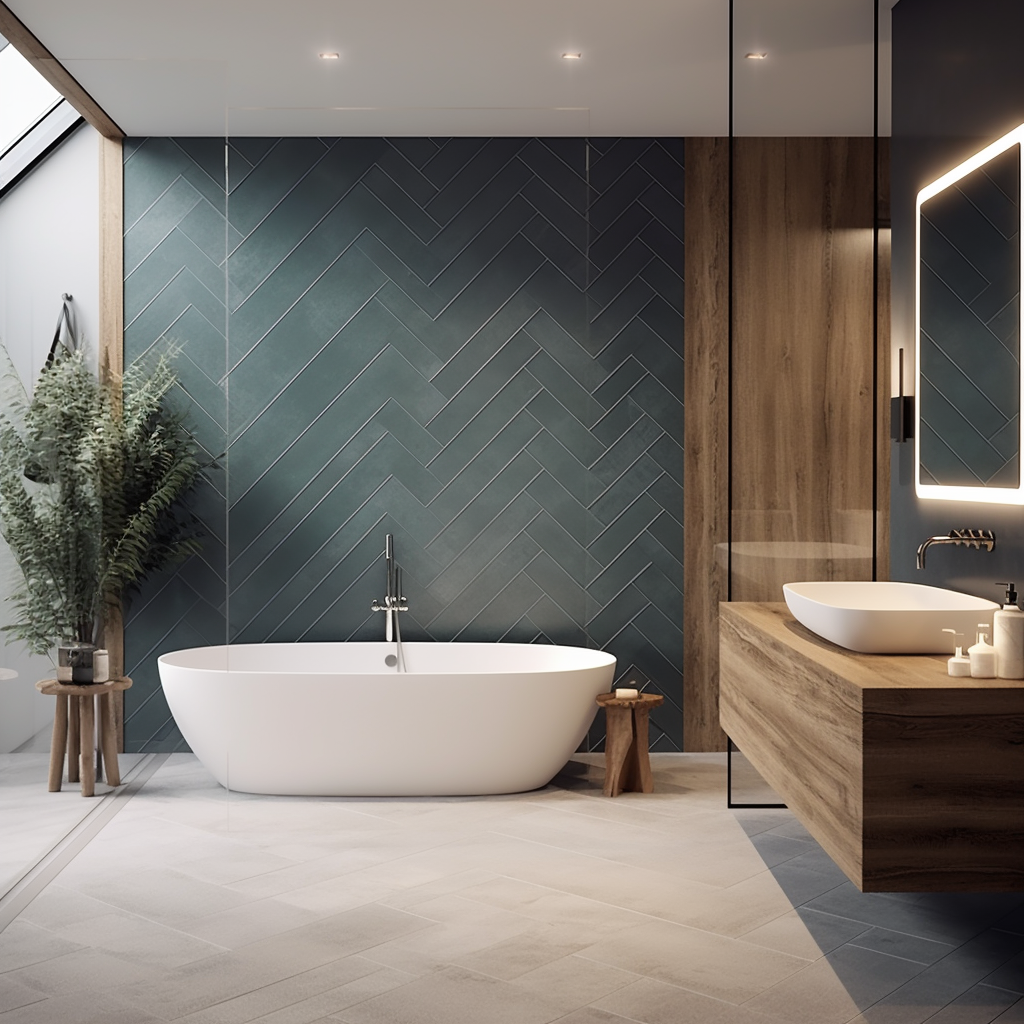
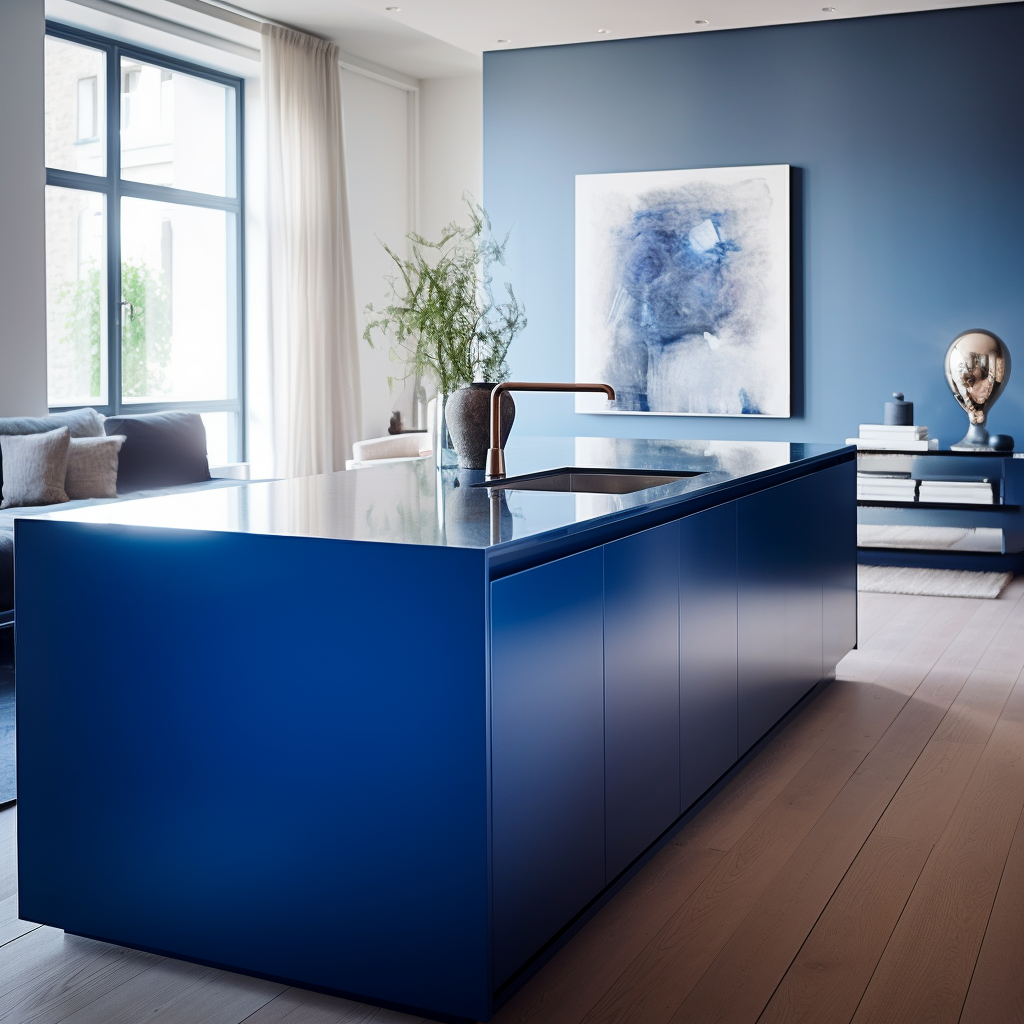
Create Harmony with Color
Starting with a color palette can be daunting, but simplicity is key. Select just a handful of hues that resonate with you. Then, seamlessly incorporate these colors into your home through furniture, trim, or accent pieces to establish a unified theme.
Incorporating the same color scheme across your home will foster a sense of order and rootedness. Experiment with different tints and textures within your chosen palette to add dimension to the space.
Weave your chosen colors through various rooms to craft a sense of continuity. Allow for variations in intensity or saturation, but keep the core color consistent from your living spaces to private areas like bedrooms and studies. This strategy ensures that your entire home sings in visual harmony.
